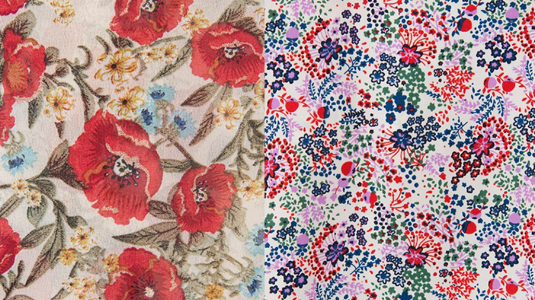India is one of the fastest-growing economies in the world, with a Gross Domestic Product (GDP) of $3.2 trillion in 2021. The country has made significant progress in various sectors, including agriculture, industry, and services, contributing to the overall growth of the economy.
GDP is the total value of goods and services produced within a country in a given period, usually a year. It is considered one of the most important indicators of the state of the economy. The GDP of India has been steadily increasing over the years, with an average growth rate of 7.5% between 2014 and 2019.
The economy of India can be divided into three sectors: primary, secondary, and tertiary. The primary sector is concerned with the extraction of natural resources like agriculture, forestry, and mining. The secondary sector is concerned with the manufacturing of goods, while the tertiary sector is concerned with the provision of services like healthcare, education, and finance.
Agriculture is an essential component of the Indian economy, contributing to around 15% of the GDP. The sector employs around 50% of the workforce and provides livelihoods to millions of people. India is the largest producer of spices, pulses, and jute in the world and the second-largest producer of wheat, rice, and sugarcane. The government has launched several initiatives to promote the growth of agriculture, including the Pradhan Mantri Fasal Bima Yojana and the National Agricultural Market.
The industrial sector is another important contributor to the Indian economy, contributing to around 25% of the GDP. The sector includes manufacturing, mining, and construction. India is the world’s second-largest producer of cement, steel, and coal, and has made significant progress in the automobile, pharmaceuticals, and information technology industries. The government has launched several initiatives to promote the growth of the industrial sector, including the Make in India initiative and the National Manufacturing Policy.
The services sector is the largest contributor to the Indian economy, contributing to around 60% of the GDP. The sector includes banking, insurance, telecommunications, and retail. India has made significant progress in the IT and Business Process Outsourcing (BPO) industries, which have become major employers and contributors to the economy. The government has launched several initiatives to promote the growth of the services sector, including the Digital India initiative and the Skill India Mission.
Despite the significant progress made by the Indian economy, it still faces several challenges. One of the most significant challenges is income inequality, with a large proportion of the population living below the poverty line. The government has launched several initiatives to address this issue, including the Pradhan Mantri Jan Dhan Yojana and the National Social Assistance Programme.
Another challenge faced by the Indian economy is the high level of unemployment, particularly among young people. The government has launched several initiatives to promote employment, including the Pradhan Mantri Mudra Yojana and the Skill India Mission.
In conclusion, the GDP of India has been steadily increasing over the years, driven by the growth of agriculture, industry, and services. The government has launched several initiatives to promote the growth of these sectors and address the challenges faced by the economy, including income inequality and unemployment. India has significant potential for further growth and development, and it is essential for the government and policymakers to continue to take measures to promote its growth and development.










